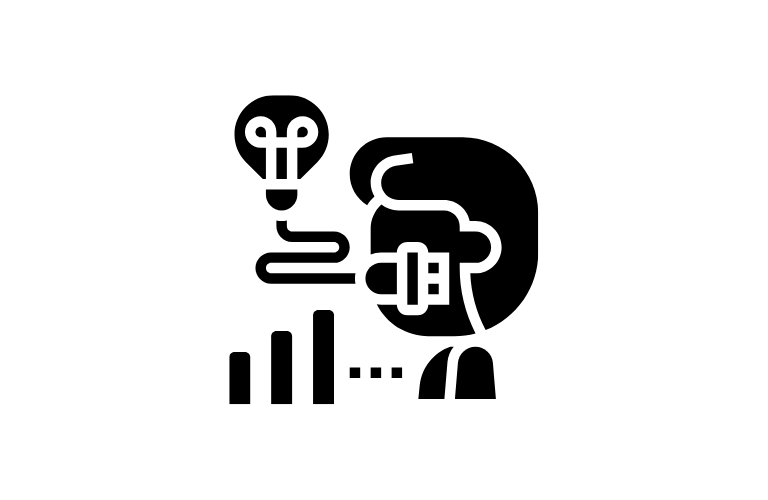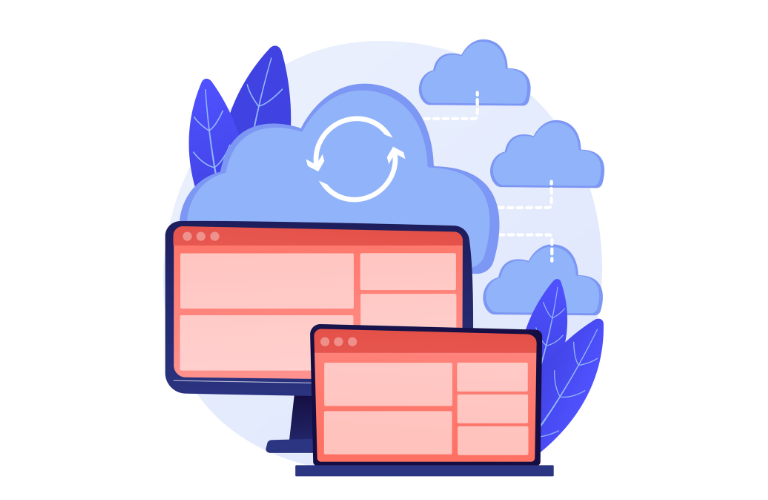WordPress powers over 40% of all websites globally, making plugins a crucial component of the ecosystem. As a WordPress plugin developer, you have the opportunity to create solutions that can transform websites, enhance functionality, and solve real-world problems. However, the path to developing a successful plugin is very crucial because we have to be aware of the WordPress concept to implement our features in the plugin without any problems.
In this comprehensive guide, we’ll dive deep into the top five mistakes that WordPress plugin developers frequently make, providing you with actionable insights to elevate your plugin development skills and create more robust, secure, and efficient solutions.
1. Ignoring WordPress Coding Standards
The Foundation of Quality Plugin Development
Coding standards are more than just a set of rules – they are the blueprint for creating high-quality, maintainable WordPress plugins. Many developers underestimate the importance of these standards, viewing them as optional guidelines rather than critical development principles. But in WordPress’s case, it is very crucial because you have to build your code so that it will not affect your project.
Why Coding Standards are Crucial
- Compatibility: Ensures your plugin works seamlessly with other WordPress themes and plugins
- Readability: Makes your code easier to understand and maintain
- Performance: Helps optimize your plugin’s efficiency
- Security: Reduces potential vulnerabilities in your code
Key Coding Standard Considerations
1. Consistent Formatting
- Use proper indentation
- Maintain consistent naming conventions
- Follow WordPress-specific PHP coding standards
2. Input Validation and Sanitization
// Bad example
$user_input = $_POST['data'];
// Good example (Ensures safe, clean user input handling by removing unwanted character)
$user_input = sanitize_text_field($_POST['data']);3. Use WordPress Core Functions
Leverage built-in WordPress functions instead of creating custom implementations. For example:
- Use esc_html() for escaping output
- Utilize wp_parse_args() for handling function arguments
- Implement current_user_can() for permission checks
Recommended Tools
- WordPress Coding Standards Checker
- PHP_CodeSniffer
- PHPStan for static code analysis
2. Neglecting Security Practices
Security is not an afterthought – it’s a fundamental requirement for any WordPress plugin. With thousands of websites potentially using your plugin, a single security vulnerability can have devastating consequences.
Critical Security Measures
1. Input Sanitization: Never trust user input. Always validate and sanitize data before processing:
// Sanitize text input
$clean_input = sanitize_text_field($input);
// Sanitize email
$clean_email = sanitize_email($email);
// Validate URL
$clean_url = esc_url_raw($url);2. Prevent Direct File Access
// Add this to the beginning of every plugin file
if (!defined('ABSPATH')) {
exit;
}3. Use Nonces for Form Submissions
Protect against Cross-Site Request Forgery (CSRF) attacks:
// Create nonce
$nonce = wp_create_nonce('my-plugin-action');
// Verify nonce
if (wp_verify_nonce($_REQUEST['_wpnonce'], 'my-plugin-action')) {
// Process form
}4. Implement Proper User Capabilities
// Check user permissions before critical actions
if (!current_user_can('manage_options')) {
wp_die('Unauthorized access');
}3. Poor File and Function Naming Conventions
Naming might seem trivial, but it’s critical for preventing conflicts and maintaining code clarity.
Common Naming Mistakes
- Using generic function names
- Lack of consistent prefixing
- Unclear file and class names
Best Naming Practices
// Bad naming
function update_settings() { ... }
// Good naming
function my_plugin_prefix_update_settings() { ... }
// Use namespaces for additional protection
namespace MyPluginNamespace {
class SettingsManager { ... }
}Benefits of Good Naming
- Prevents naming conflicts
- Improves code readability
- Makes maintenance easier
- Enhances plugin professionalism
4. Disabling Debug Mode During Development
Debug mode is your most powerful development companion. It helps you:
- Identify hidden errors
- Catch deprecated function usage
- Improve overall code quality
Configuring Debug Mode
Add to wp-config.php:
define('WP_DEBUG', true);
define('WP_DEBUG_LOG', true);
define('WP_DEBUG_DISPLAY', false);Pro Tips:
- Log errors to a file
- Disable display of errors on production
- Use debug plugins like Query Monitor
5. Inefficient Code Architecture
A well-structured plugin is:
- More maintainable
- Easier to extend
- Less prone to bugs
- More performant
Architectural Best Practices
1. Modular Design
- Separate concerns
- Use Object-Oriented Programming (OOP)
- Create reusable components
2. Dependency Injection
class MyPlugin {
private $database;
public function __construct(DatabaseConnection $db) {
$this->database = $db;
}
}3. Utilize WordPress Hooks Effectively
add_action('init', 'my_plugin_init');
add_filter('the_content', 'my_plugin_content_filter');Additional Recommended Tools and Resources
1. Development Frameworks
- WordPress Plugin Boilerplate
- WP CLI
- Composer for dependency management
2. Testing Tools
- PHPUnit
- WP Browser
- Code Coverage tools
Conclusion
Developing exceptional WordPress plugins requires a combination of technical skill, attention to detail, and commitment to best practices. By avoiding these five common mistakes, you’ll create plugins that are not just functional, but truly outstanding.
Key Takeaways
- Always follow WordPress coding standards
- Prioritize security in every line of code
- Use unique, descriptive naming
- Leverage debug mode
- Design with a clean, modular architecture




